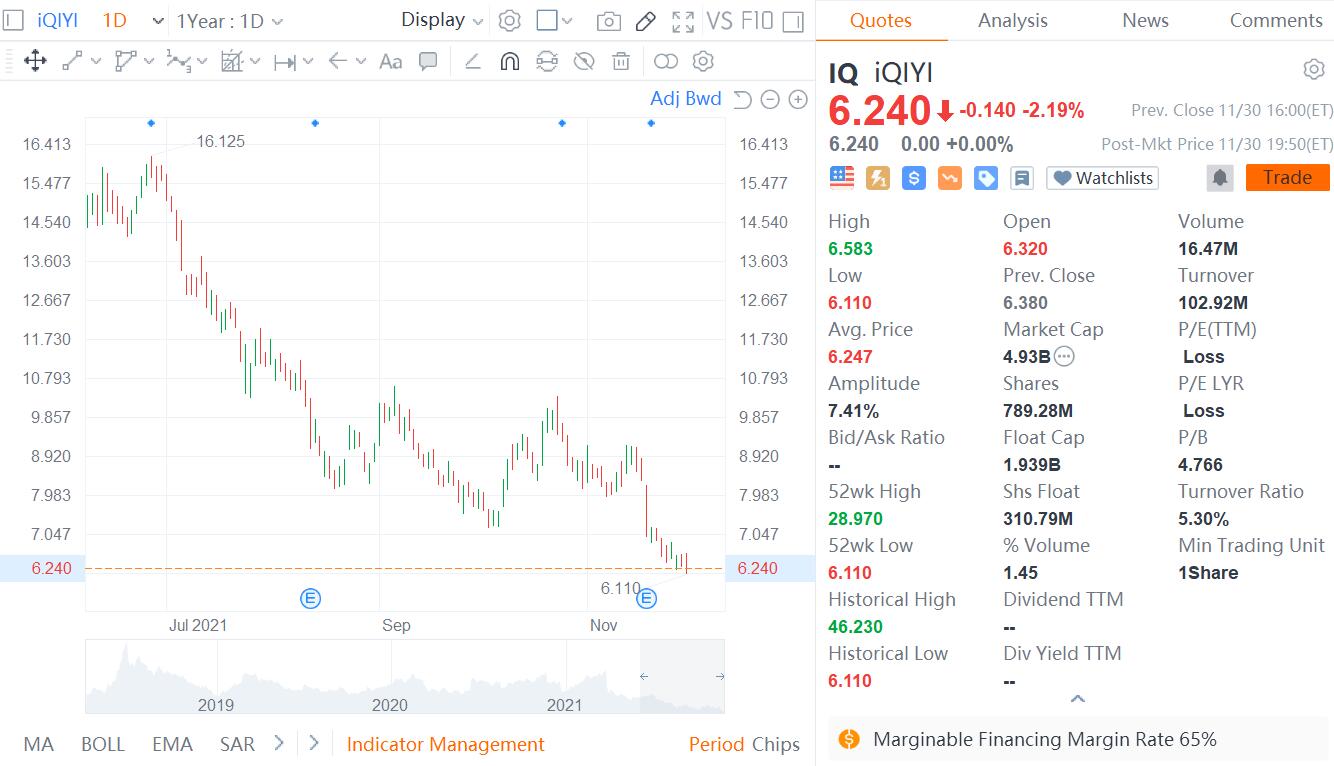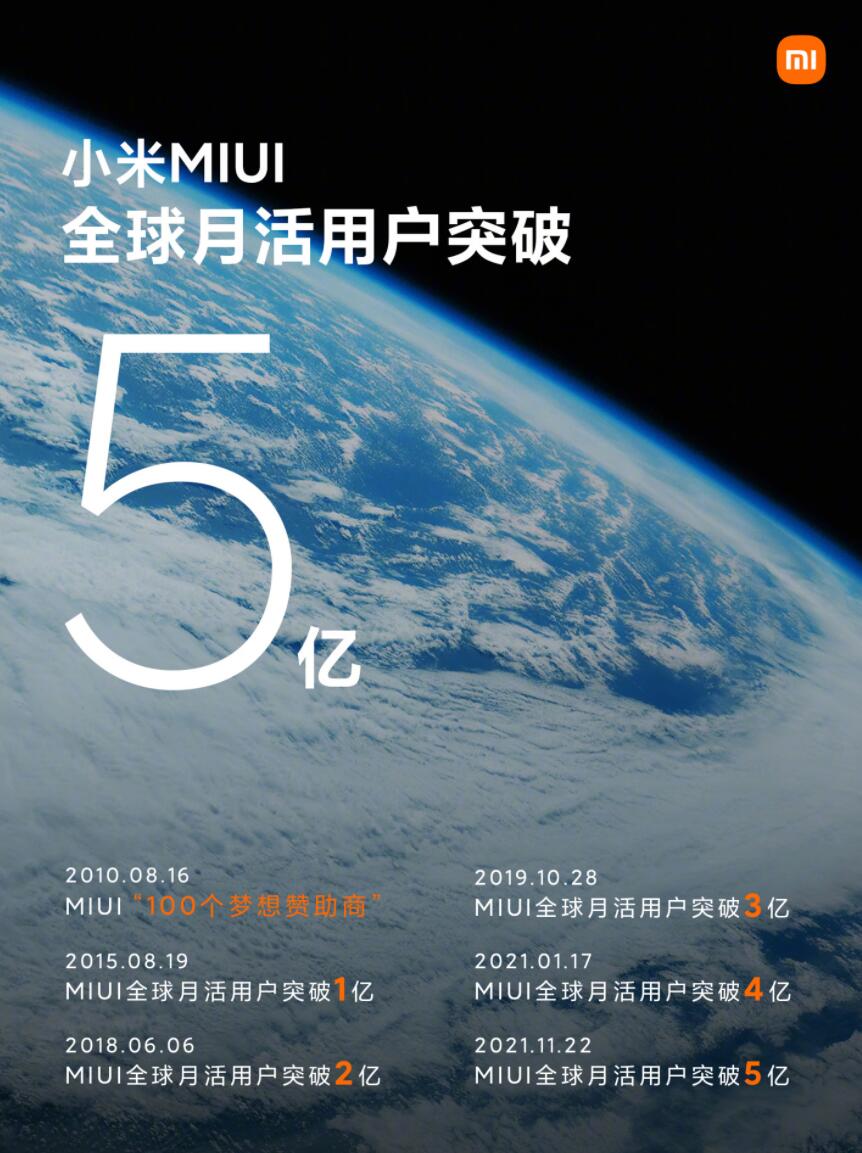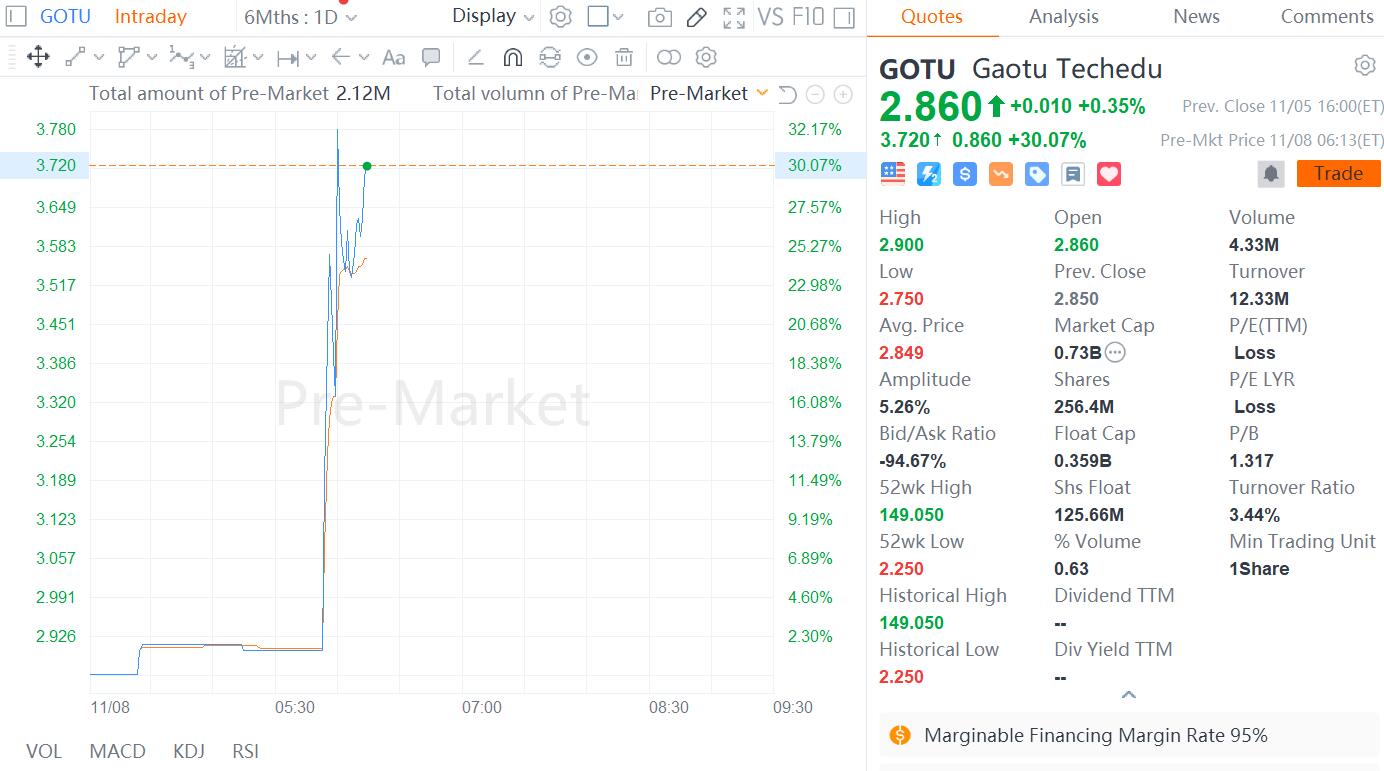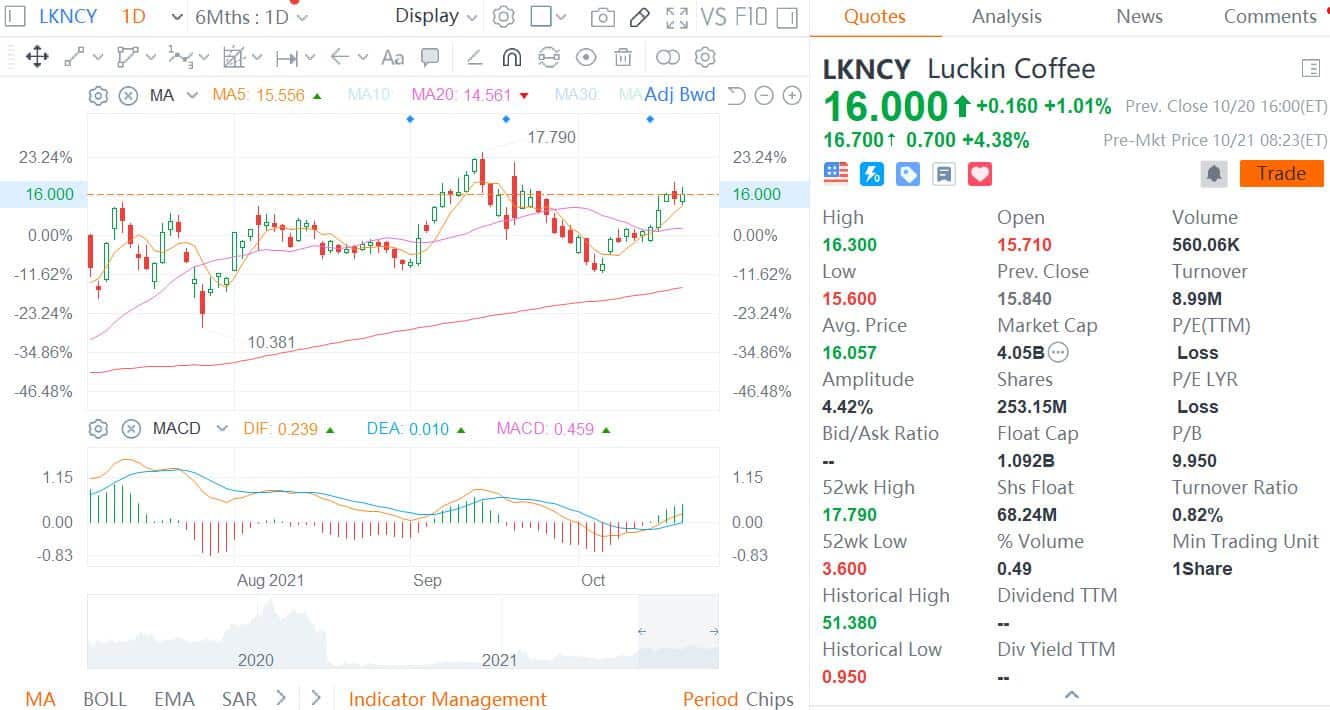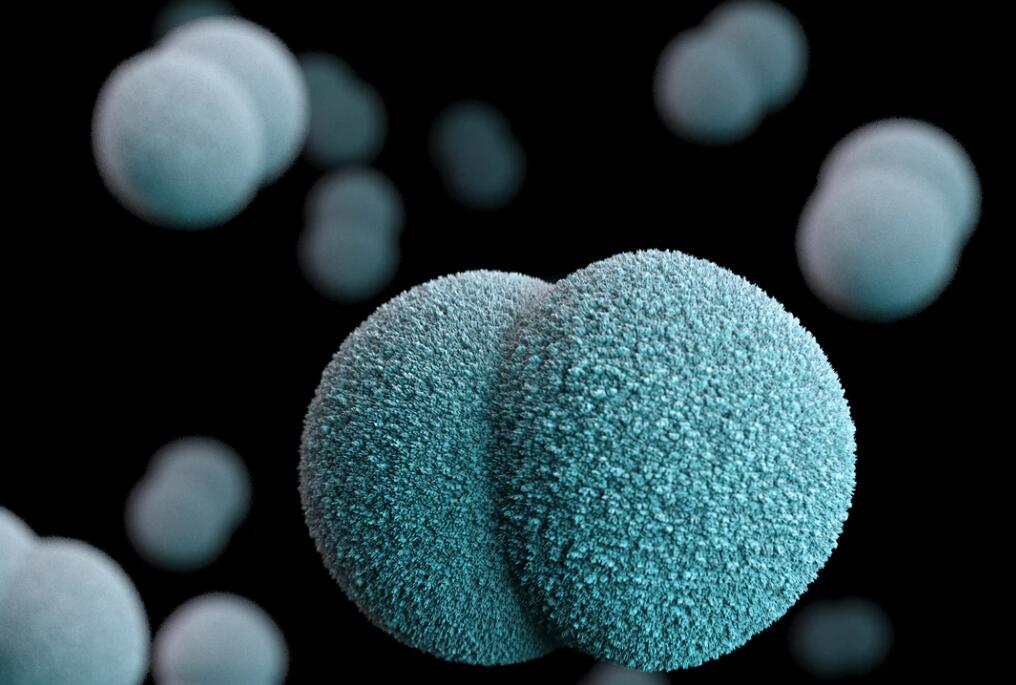
The New coronavirus is still raging around the world, with more than 2.1 million confirmed cases worldwide and more than 140,000 deaths.
Zhong Nanshan, academician of the Chinese Academy of Engineering, once said that the vaccine is the basis for solving the new coronavirus pneumonia.
However, while people expect vaccines and drugs to appear soon, new coronaviruses may be mutating to adapt to the immune system resistance of different populations.
Will new coronavirus mutations affect the pace of vaccine and drug development? What is the variation law of coronavirus? To this end, Lan Ke, director of the State Key Laboratory of Virology of Wuhan University, answered in an interview with China Science Daily.
Knowing the chain of virus transmission
China Science Daily: Recently, researchers from the University of Cambridge in the United Kingdom have published research papers on the SARS-CoV-2 variants and transmission routes. They believe that there are currently three types of new coronaviruses, and each variant is linked to a specific country. together. What do you think of the opinion of this paper?
Lan Ke: We need to read the original text when interpreting a scientific paper, especially paying attention to the methodology used in the original text and making scientific judgments.
First of all, the sample size analyzed in this article is only 160 viral sequences. Compared with the 2 million people infected by the new coronavirus, the sample size is too small to represent all the evolutionary laws of the virus.
Secondly, this article uses bioinformatics methods based on gene sequence analysis, and virus tracing requires a lot of virological evidence and epidemiological evidence to form a complete chain. Simple calculation and analysis cannot reveal the whole picture.
Therefore, the ABC classification of this small sample and the link with the country is not accurate enough.
In particular, Class A in this article includes only 44 samples, including 9 in the United States, 16 in Mainland China, 5 in Australia, and 5 in South Korea. Based on the 44 samples indicating the country and region of origin of the virus, the evidence is insufficient.
A virus is a parasitic organism that cannot survive without its host. Therefore, virus tracing cannot simply analyze the virus sequence, but must also be analyzed together with the host species and sample collection time.
This is very difficult for the traceability of the acute infection virus because many key pieces of evidence of the virus transmission process are lost over time, and the final formation is only possible inference.
Years after the outbreak of many viruses, the cross-species transmission chain in nature is still unclear.
At present, it is believed that the most powerful viruses that cause pandemics in humans come from wild animals, such as bats and chimpanzees.
Once these viruses spread to people due to improper human behavior, due to the lack of corresponding immunity of the human body, it is easy to cause widespread outbreaks.
Therefore, the traceability study of the virus is more important to figure out which wild animals maybe its natural host and which animals are intermediate hosts, and how they are spread to humans.
Only by finding a complete chain of virus transmission can we control the source of infection and reduce the risk of another major outbreak.
In today's globalization, no matter from which country the virus breaks out, it will threaten global public health; human beings are a community of destiny, and new coronaviruses are the common enemy of human beings. They should actively carry out global cooperation and finally overcome this epidemic.
Viruses adapted to humans are less pathogenic
China Science Daily: Academician Zhong Nanshan mentioned that the new coronavirus has become very suitable for humans due to gene mutations. How should it be understood?
Lan Ke: My understanding is that what Academician Zhong said is very suitable for humans is compared with SARS and other viruses that are limited in spread.
The new coronavirus has indeed caused a pandemic worldwide, and can effectively invade the human body, use the receptors of human cells to enter the cell and complete the virus infection life cycle.
It can be spread by droplets. We also found that there are a considerable amount of viruses in the toilets used by patients, suggesting a variety of possible transmission routes such as fecal mouth transmission other than droplets.
This shows that the new coronavirus has successfully established an interpersonal transmission route and has become popular among the population.
However, a virus that is very adaptable to humans often shows a weaker pathogenicity to achieve a coexisting relationship with humans, such as a seasonal outbreak of human influenza virus.
The mortality rate of new coronaviruses varies globally, but it is still higher than that of seasonal human influenza viruses. Therefore, we believe that the new coronavirus has not yet fully adapted to humans.
Coronavirus mutations take longer
China Science Daily: What is the variation law of coronavirus?
Lan Ke: As for the law of variation, we need to pay attention that coronaviruses are RNA viruses, and mutations are faster than DNA viruses.
However, coronavirus is different from other RNA viruses that are familiar to everyone (such as influenza, dengue fever, etc.). Its genome encodes an exonuclease, which has a correction function during RNA replication and transcription, resulting in a lower rate of coronavirus RNA mutation than other RNA viruses. 5 ~ 10 times.
According to this theory, it takes a long time for the mutation and molecular evolution of coronaviruses. If we can make good use of this time window and control the interpersonal transmission of the virus as early as possible, we may have sufficient time to block the mutation of the virus.
China Science Daily: If the mutation occurs, is it possible to cause the flu of the new coronavirus pneumonia?
Lan Ke: It is too early to predict whether the new coronavirus will flu, but there are indeed some coronaviruses that can cause influenza in the population, such as human coronavirus OC43 and HKU1, outbreak every winter.
According to statistics from the United States, the infection rate of OC43 is about 2.2%, and the infection rate of several other human coronaviruses is below 1% (such as HCoV-NL63 about 1.0%, HCoV-229E about 0.8%, HCoV-HKU1 about 0.6%), and its symptoms Both are relatively mild or asymptomatic, with children predominantly infected and few deaths reported.
At present, the new coronavirus is still in a pandemic stage, and the mortality rate (about 0.6% to 3.5% in various countries and regions) is lower than SARS, but higher than other coronaviruses.
Seasonal influenza infection usually requires long-term adaptation of the virus to the host. The host establishes a certain immunity to weaken the virus, so the possibility of influenza infection of the new coronavirus cannot be ruled out.
However, flu-causing viruses tend to have both reduced pathogenicity and mortality, and will also reduce the pressure on prevention and control accordingly.
Pay attention to virus resistance mutations
China Science Daily: Once the virus mutates, will it challenge the development of vaccines and drugs?
Lan Ke: Including coronavirus, the general rule of RNA virus mutation is random mutation.
Generally speaking, random mutations usually occur on relatively unimportant viral genes so that progeny viruses can be easily retained.
If mutations occur on important viral genes (such as S protein, RNA polymerase, or other key viral proteins related to replication, etc.), it will cause the progeny virus to become weaker in viability and thus become more viable wild-type viruses Replaced by.
Combined with what I mentioned above, the mutation of coronavirus will be slower than that of other RNA viruses, so it takes time to mutate the key viral genes of coronavirus.
The development of vaccines and drugs is designed for the key genes and antigens of viruses, so at this stage, the risk of virus mutations for vaccines and drugs is relatively small.
In the long run, the development of virus mutations and antiviral drugs is indeed a great challenge.
However, our team at the State Key Laboratory of Virology of Wuhan University has developed a new idea in the research process, and independently developed a series of antiviral drug candidates targeting host proteins.
These drugs act on the host protein that the virus must depend on for replication and are not affected by the mutation of the virus. They are equally effective against wild-type and mutant viruses and can avoid the problem of drug resistance mutations. Research strategy.
Of course, after vaccines and targeted viral drugs are successfully developed and used in large quantities, problems such as immune escape and drug resistance caused by viral mutations should be continuously observed and studied for a long time.
Special Report: Fighting The New Coronavirus


